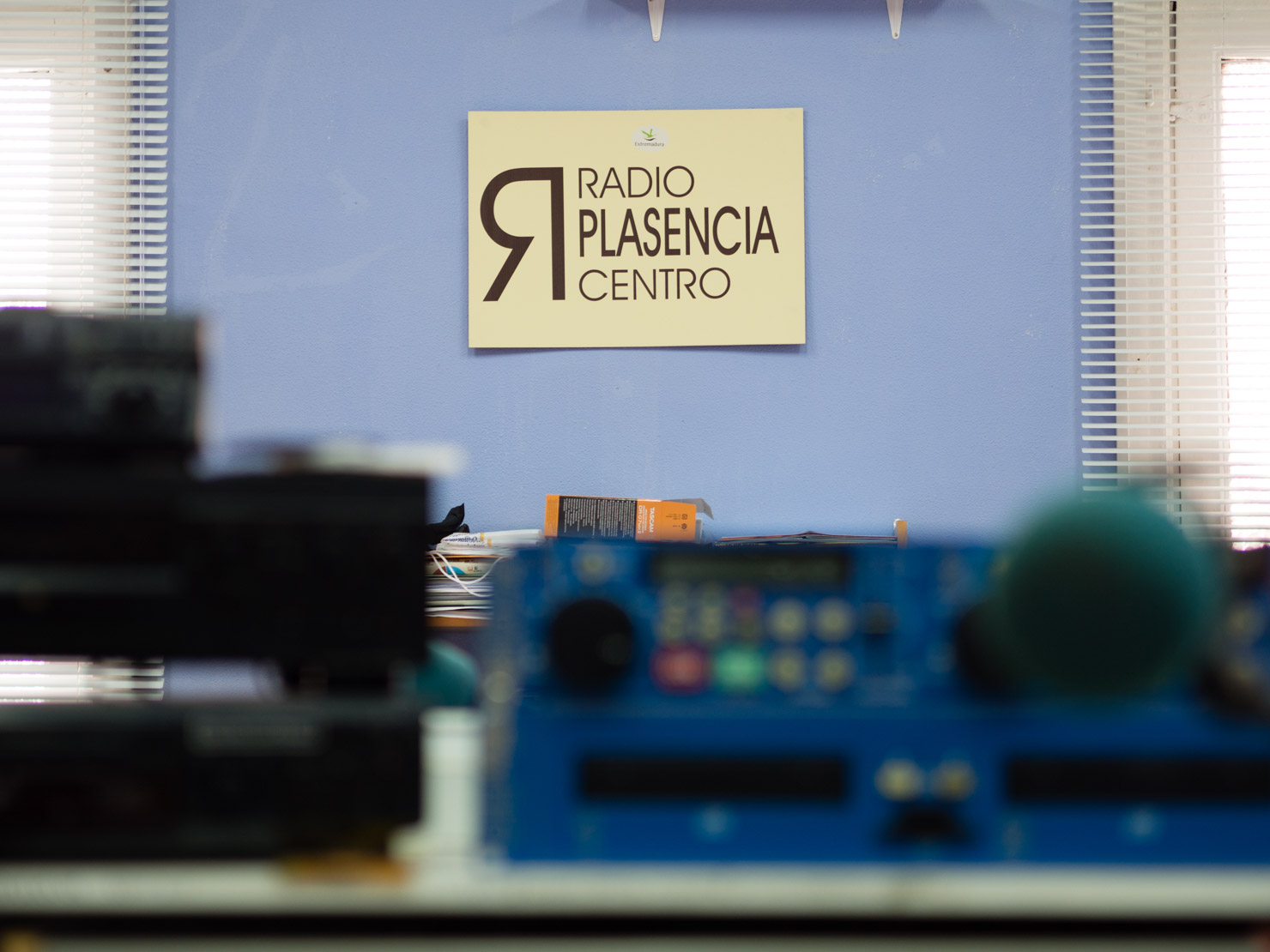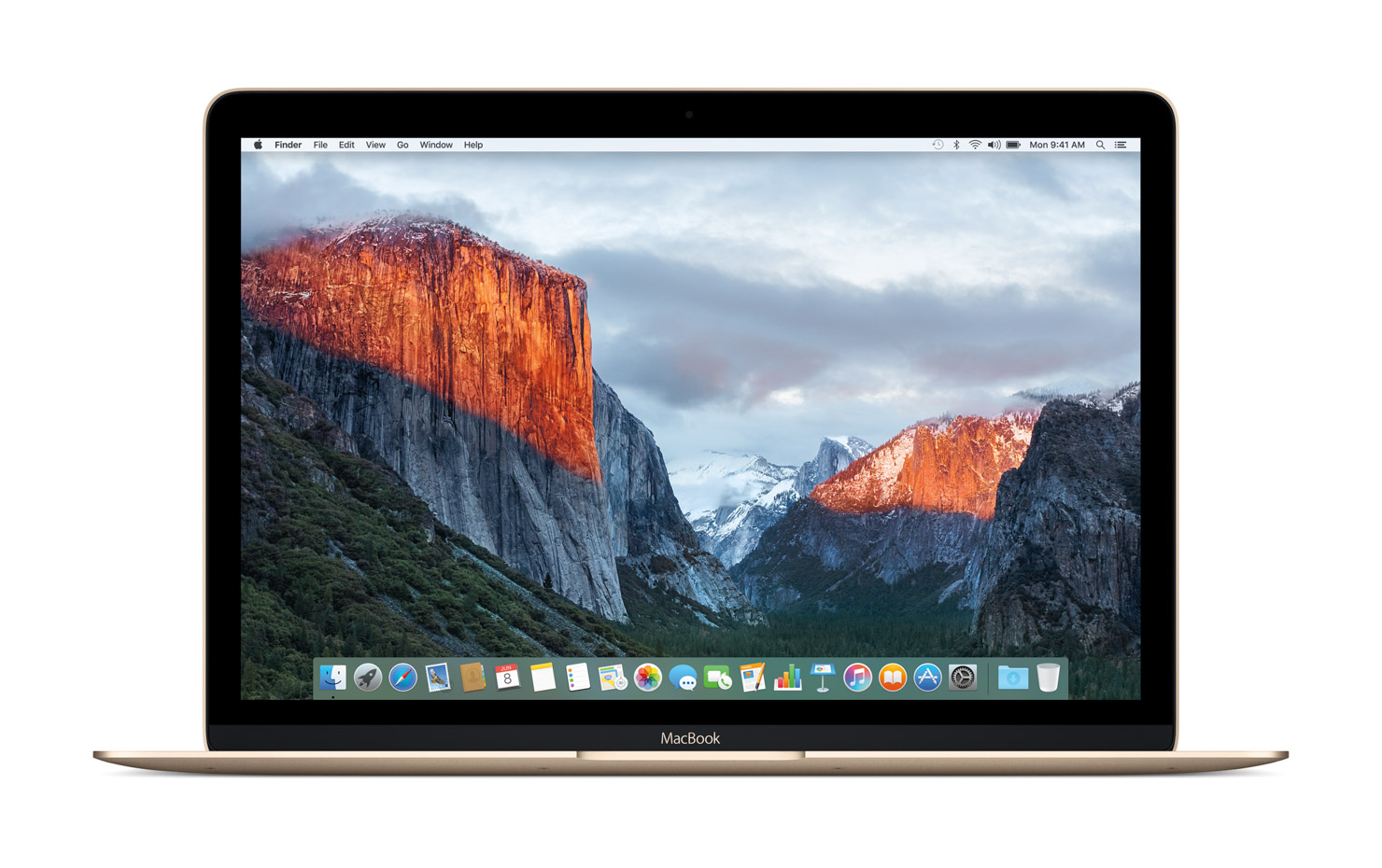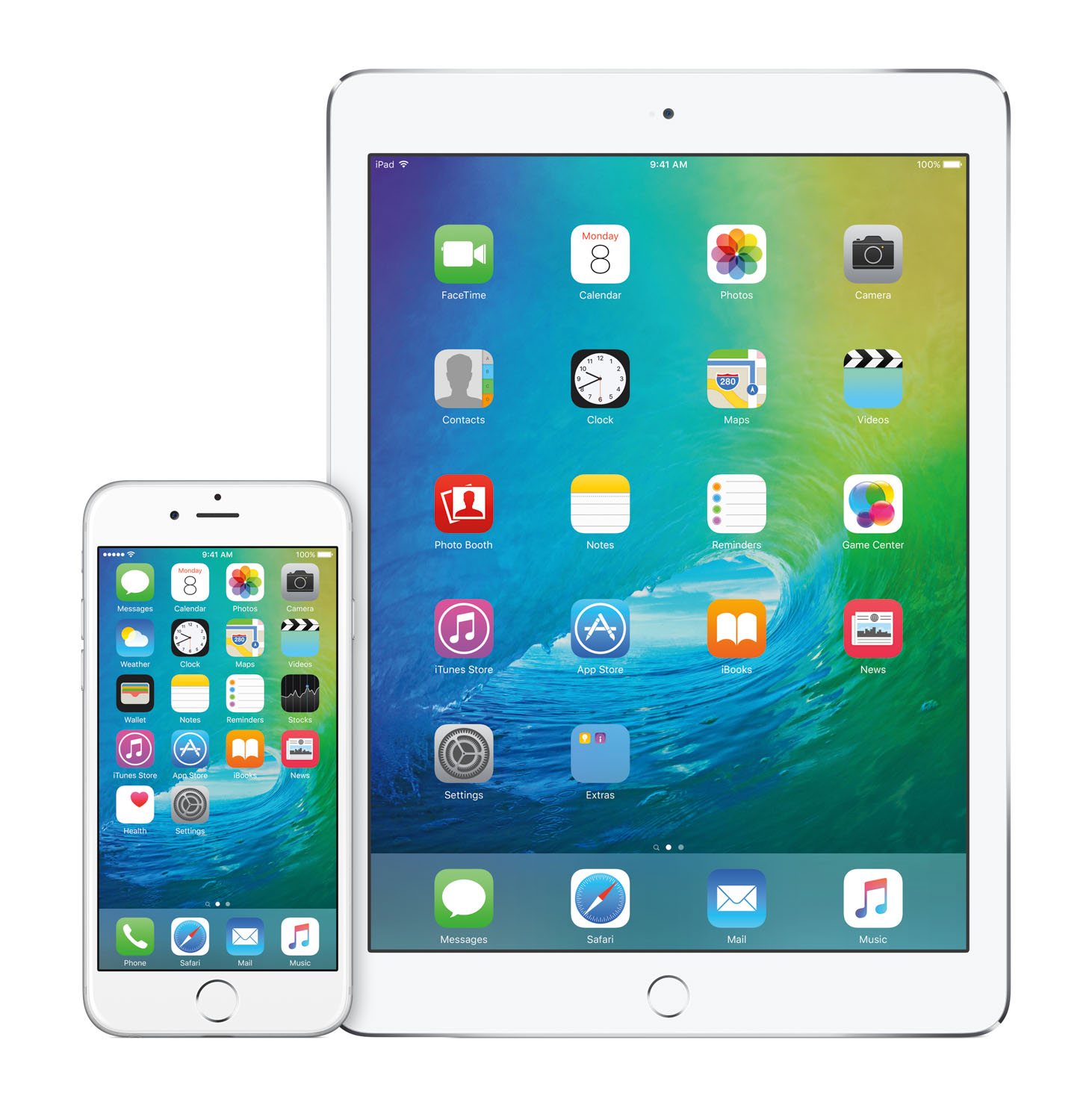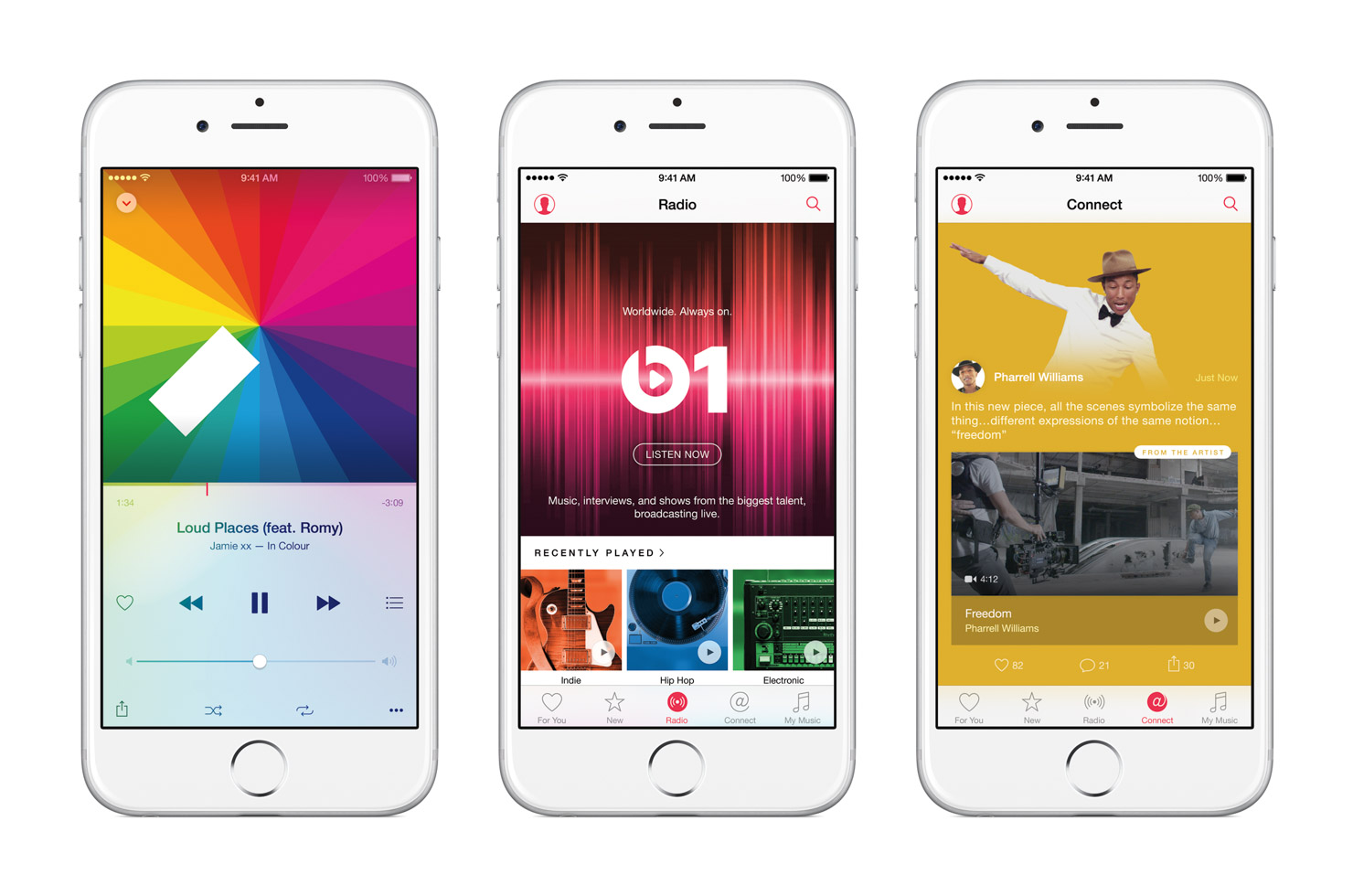It’s been an interesting week, marked of course by Apple’s WWDC. This is a very special part of the year because most of the people I admire and follow on the Internet get together for a few days in person, and for a brief moment we get to see them as real people, outside of their Internet personas. I love that. That there also happens to be an Apple event during the week is just icing on the cake.
But there was indeed an Apple event during the week and in typical fashion, the long-awaited WWDC keynote came and went, leaving behind tons of speculation and replacing it with almost-certainties about the future.
This time around though, there were lots of different things about Apple beyond the keynote itself. We’re not used to seeing Apple Vice Presidents talking to the press, much less to the independent press in an unscripted recording in front of a developer crowd that was live streamed and watched by millions of viewers. It just doesn’t happen.
Well, this week it did happen, and boy was it awesome. John Gruber hosted the annual live episode of his podcast, The Talk Show, and the guest of honor was none other than Apple’s own Vice President of Marketing, Phil Schiller. If you haven’t watched the video yet, you can find it here.
Now, Schiller is a pretty cool and smart guy, and he knows it. He clearly knows he can handle himself but even then, he was still taking a massive risk by putting himself in such a position. That he did it at all sends a pretty strong message about Apple’s newfound openness when it comes to dealing with the media and frankly, it’s refreshing.
That said, the reason this interview was so special was obviously John Gruber. He managed to turn what could have been just another Apple PR event into a genuinely interesting conversation for the audience. He wasn’t overly pushy with questions he knew Schiller wouldn’t answer, but he did press him on a few important topics and got honest answers that really showed what’s important to Apple and what their vision for the company is. That’s a pretty hard balance to strike and in my opinion, John did it masterfully.
All in all this was a great week for Apple, with plenty of cool announcements for both developers and customers alike. If you’d like to read more about it, I published my own thoughts on the announcements and the event the day after the keynote.
Now let’s move on to some of this week’s most interesting pieces of writing.
Issue #2: on WWDC, making a hit podcast, Stan Wawrinka, the economy and taking a 16-year-long holiday
Naturally, a number of links in this week’s issue are WWDC related, but there’s also plenty of great stuff about photography, tennis, travel, politics and more. Let’s get to it.
Live with Phil | Marco Arment →
Marco pens a great analysis on Schiller’s appearance on The Talk Show. I pretty much agree with everything he said in this piece, and I envy him for having the opportunity to shoot some awesome pictures of the event. Definitely worth a read.
♤
Initial thoughts on iOS 9’s iPad multitasking: a deep transformation | Federico Viticci →
When Apple announced the new multitasking features for iPad on iOS 9, pretty much everyone on my Twitter timeline went crazy — myself included — and we all thought of the same man: Federico Viticci. He’s been asking for serious productivity features for the iPad for nearly as long as the iPad has existed and in this week’s keynote, he finally got his wish. Here are his initial thoughts on these much-awaited features.
♧
How to launch a top 20 podcast | Aaron Mahnke →
Aaron Mahnke shares the secrets that took his Lore podcast to the 11th spot overall on iTunes, which is just ridiculously huge:
I use a condenser mic, which is apparently not a good thing. $99 microphones cannot create popular podcasts (snicker, snicker). Until last week, that mic sat on a cardboard box on my desk, with no shock mount or boom arm. Like a cave man. I use GarageBand to edit the episodes because Logic seems to be developed by a team of NASA engineers and cryptozoologists. Plus it’s expensive. I have zero “acoustic treatments” in my office, which is shaped roughly the same as the Great Pyramid of Giza and contains nothing but hard surfaces.
I’m breaking the rules, guys (don’t tell mom).
♡
The triumph of Occupy Wall Street | Michael Levitin →
Terrific piece for The Atlantic on the Occupy Wall Street movement and the work they’ve done on income inequality, environmentalism, student debt and more. Their potential impact on the 2016 Presidential elections should not be underestimated.
♢
How to build a meaningful career | Amy Gallo →
Solid career-building advice over at Harvard Business Review. I don’t usually go in for these pieces, but I admit this one was full of interesting information and sound advice from beginning to end. If you’re going through a coasting period in your career or if you’re trying to find your true call, you may want to check it out.
♤
Stan Wawrinka: tennis’s unlikely, deserving champion | Kevin Craft →
Last Sunday, Stanislas Wawrinka shocked the tennis world by winning his first French Open title at Roland Garros over Novak Djokovic, the overwhelming favorite and current World No. 1. Earlier in the tournament, Djokovic had beaten 9-time champion Rafael Nadal, claiming his first win over the Spaniard on the red clay of Paris in seven attempts. After that milestone win, Djokovic seemed poised to complete the Career Grand Slam by winning Roland Garros, the only major tournament he hasn’t won yet, but Wawrinka had different plans. Having beaten World No. 2 Roger Federer himself in the quarterfinals, Wawrinka was not about to give up without a fight. In fact, he fought so hard that he basically overpowered the World No. 1 from every angle, clinching the title in a shockingly comfortable 4-set victory.
This piece for The Atlantic is a wonderful profile on the unassuming nature of Stan Wawrinka and why, although his triumph caught so many by surprise, those of us who really love tennis knew better. I was so happy to see him lifting the trophy, and I’m glad the tennis world is finally giving him the respect he always deserved. A true champion on and off the court, now with a trophy cabinet to match.
♧
Every Serena Williams win comes with a side of disgusting racism and sexism | Jenée Desmond-Harris →
On the other side of the coin, Serena Williams’s victory in the French Open final caught exactly no one by surprise. But what is surprising to me is that, no matter how many tournaments she manages to win, some people just can’t get over the need to belittle, insult and harass her on social media. In this piece for Vox, Jenée Desmond-Harris goes over this hard reality that has accompanied Serena during her entire career.
Serena Williams is an amazing athlete, and quite possibly the best tennis player of all time. She’s strong, she’s black, and she’s a total badass, too. If you have a problem with that, it’s time for you to grow up.
♡
This is your brain on writing | Carl Zimmer →
Great article from last year, but I only discovered it this week. Carl Zimmer writes about a study on the human brain led by Martin Lotze of the University of Greifswald in Germany. The study attempted to decipher the physiological reactions of people engaging in creative writing vs other forms of writing, and also between professionally trained writers and people with no previous writing experience. Fascinating.
♢
The beginner’s guide to film photography | I Still Shoot Film →
Incredibly useful and comprehensive resource for all film photography lovers out there. If I were you I’d start with this excellent essay by Nathan Jones: Why Film Matters.
♤
12 films worth shooting with before they’re gone | Stan Horaczek →
Another oldie but goodie over at Popular Photography. I’ve shot with most of Horaczek’s selected films, and they’re all amazing.
♧
The couple who went on holiday for a week - and didn’t come back for 16 years | Wales Online →
The amazing story of a couple who spent 16 years (!) circumnavigating the world on a 35-foot yatch with a budget of £130 a week. Unreal.
♡
Afterword
Like I said at the beginning, this has been an interesting week. Before finishing up this week’s issue though, I wanted to mention all the feedback I got from readers regarding this new weekly article roundup. Thanks to everyone who took a minute of their time to write in, I really appreciate it and I hope I can quickly get this section to be the very best it can be. I know I have a ways to go, but I’m working on it.
I think I’m already starting to get a sense for which pieces I should link to during the week, and which ones are better left for the weekly roundup. My current method is quite simple: anything newsworthy or time-sensitive I will probably link to as it happens, while the more reflective and editorial pieces will be left for the weekend. I think this strikes a nice balance between the urgent and the important, and I’m quite happy with the way things are turning out. Hopefully most of you will feel the same way but as ever, if you have any comments or suggestions, please feel free to send them my way.
As a finishing touch, I’d like to leave you with a cool image. This morning there was no coffee for me while I worked on this issue. The reason for that is that I’m in my hometown of Plasencia for the weekend visiting my parents, and my dad asked me to help him out with something. Not many of you will know this, but my dad has worked in the radio business for most of his life. He founded a broadcasting company over 30 years ago and at 69, he’s still going strong.

This morning he asked me to work the control room while he covered a live press event, so I’ve been working on this issue while sitting at the wheel here at the station’s HQ. I’ve always loved radio and I guess you could say it’s in my blood. I supposed that’s why I also love podcasting so much.

Who knows, maybe one day I’ll follow in my dad’s footsteps but for now, I’ll leave you with a picture of him doing what he does best. Have a wonderful weekend, and thank you for reading.








